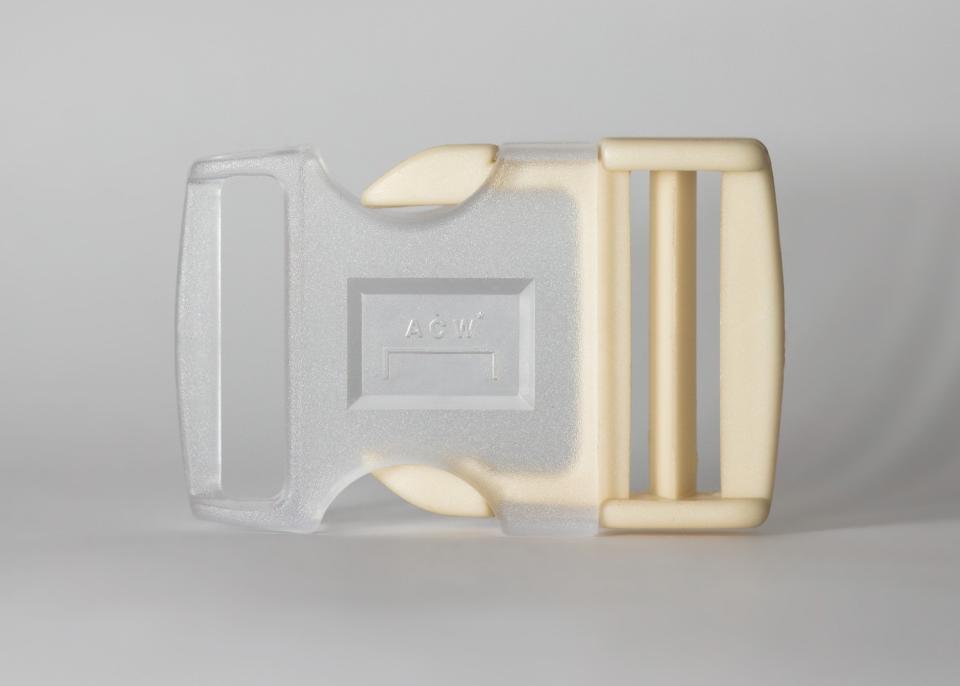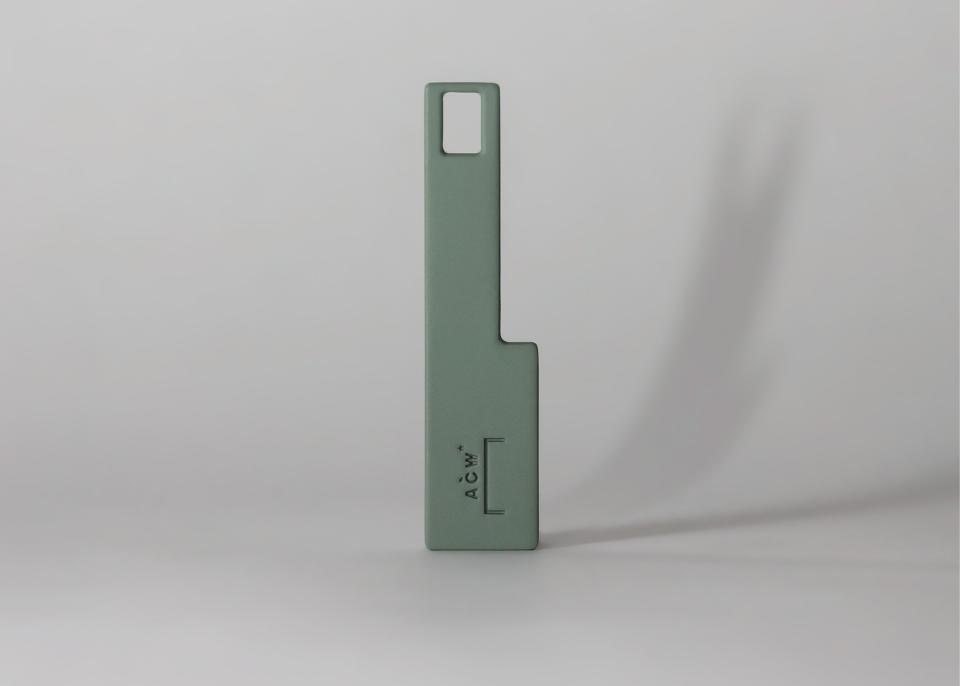Why Fashion Designers Want TikTok Users to Steal Their Designs
Surely there is a German word that exists to describe the singular anguish of spotting a piece of clothing one knows immediately they will never be able to afford. Sehnstylesucht, maybe. Liv Huffman was left with such a feeling after seeing Harry Styles perform on a February episode of The Today Show wearing a colorful JW Anderson cardigan. But her love for the piece, along with designer Jonathan Anderson’s work, was irreconcilable with its $1,600 price tag. So she came to a novel conclusion: making the piece on her own. She posted a video of her crocheting journey to TikTok, where the video helped kick-start a trend and has been liked over 975,000 times.
On TikTok, though, nothing is simply viewed and noted. By nature, the platform calls for copycats. Trends happen when users replicate dances created by other users, creators use the same lines of dialogue ripped from movies, TV shows, or just other random videos and lip-sync to them. Even knitting tutorials, it turns out, can thrive in the same way. Huffman says she now receives “hundreds of messages everyday since I posted the video” from users asking for crochet tips.
The Harry Styles cardigan is emblematic of the way TikTok and the young users who populate the platform are morphing fashion. A confluence of factors—time spent at home because of the coronavirus pandemic, an aversion to fast fashion, a preference for the homespun, and TikTok’s monkey-see-monkey-do style—have served as the tip of the spear for a new TikTok crafting movement.
Strikingly, designers typically quick to sue fast-fashion brands for ripping off their designs are fully engaged in and encouraging of this wave. “I was actually very nervous about it at first because I didn't want Jonathan [Anderson] to think I was trying to rip off his design,” Huffman says. The weight was lifted when his brand’s TikTok account commented “Love,” followed by a heart and watermelon emoji (presumably referring to Styles’s song “Watermelon Sugar”) on her video. More than that, Anderson shared the measurements for the piece, allowing everyone to re-create it to JW Anderson specs. This dialogue between designers and would-be customers who lack the disposable income to buy the objects of their affection is a growing trend in an industry scrambling for ways to connect to new or future customers.
A-Cold-Wall, Samuel Ross’s austere and chilly London-based label, has taken the practice of sharing source material one step further. In January of this year, ACW launched Service Point 1, a platform where Ross sells his designs in granular fashion: Here, customers can purchase A-Cold-Wall’s belt buckles, zipper pulls, and logo badges at a fraction of the price a fully composed piece would cost. “Dialogue” is one of the tenets listed on the site. “Service Point 1 acts as a subtle step in reforming engagement between brand and individual—steering away from granular interaction, disproportionately focused on purchase,” it reads. (Ross was not available to comment.) The project extends a hand to enterprising customers who want to be part of the ACW universe, and encourages them to manipulate Ross’s designs in their own way.


Similarly, Alexander McQueen hosted a tutorial on its Instagram guiding fans through the process of making a patchwork coat and suit—just like one from its latest collection—using whatever scraps of fabric viewers could scrounge together at home. And Virgil Abloh has been pushing customers to customize his designs since 2018. His all-white (or, read another way: blank) collaborative Nikes were designed to be futzed with however wearers saw fit.
In a past life, customers waiting for high fashion to trickle down in this way might pounce on “runway-inspired” clothes at their local Zara or H&M. They might have clamored for H&M’s high-low partnerships with brands like Versace and Alexander Wang. Today’s young fashion customer might know and/or care too much to fall into that rhythm, though. “I try to avoid fast fashion both for sustainability and the human-rights aspect,” says Katelin Tran, another TikTok user who’s moved from making her own JW Anderson cardigan to original designs or DIY versions of what’s available at places like Reformation. “Garment workers in Bangladesh and other countries experience wage theft by big corporations. Additionally, so much clothing gets thrown out every season as trends come and go, making fashion a big contributor to global waste.” She adds, “I feel like there is something so special about seeing a project from beginning to end and knowing how much work goes into making a garment. Making this sweater honestly gave me an appreciation for the original while also making it accessible to myself.” You can practically hear Anderson swoon.
TikTok’s Gen Z user base is especially likely to gravitate toward this type of homey-looking clothing. “They might not have the purchasing power yet to go after luxury beauty and fashion items, but they are all about being creative and unique in the way they present themselves,” says Mae Karwowski, founder and CEO of Obviously, a TikTok marketing agency. “They’re not a group that is going to post only about expensive things; they’re a group that’s going to pay more attention to the creators who are the best at making their own version of those things.”
Naturally, brands are jumping onto the train and releasing their own versions of the homespun. As Nylon noted in March, the fall 2020 runways from January and February looked like they were created in a nursery lounge. “‘Craftcore’ is fashion’s new subculture in 2020,” the publication declared. Since the pandemic sent city dwellers scrambling for open, socially distant spaces, aesthetic trends have followed. The back-to-the-moors David Beckham, in shaggy sweaters and walking sticks, is just the latest famous example. Alongside cottagecore are trends like “fairiecore,” “grandmacore,” and “farmcore”—an outgrowth of our society’s newly romanticized ideas of making (or baking; especially baking) our own stuff and returning to simpler lives. TikTok users crocheting their own JW Anderson cardigan check two boxes at once: following a fashion trend and luxuriating in the great sense of accomplishment that comes from hand-making the clothes.
While no TikTok designer trend has taken off quite like Harry Styles’s cardigan (videos underneath that hashtag have 3.3 million views on the platform), users are constantly redoing or putting their own spin on luxury and celebrity-worn fashion. TikTokers have re-created a Giambatista Valli dress Kendall Jenner wore, cut out labels from designer dust bags to sew onto tees, and made their own Louboutin heels. “Too broke to buy the real thing so I DIY it,” the user behind the latter wrote. The example that most closely resembles the JW Anderson might be a challenge involving a shirt and a pair of trousers made out of bandanas and famously worn by A$AP Rocky. The designer behind those Loewe trousers? Jonathan Anderson. Our ultra-advanced TikTok future might in fact look a little old-fashioned: The winningest designer just may be the craftiest.
Originally Appeared on GQ

